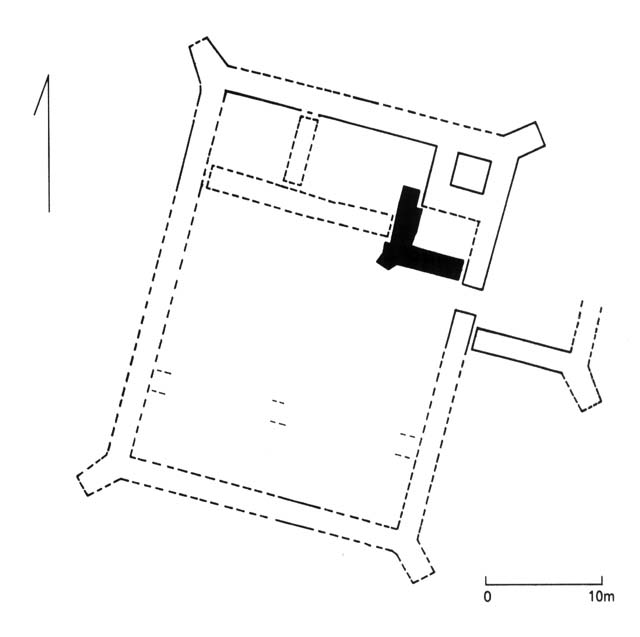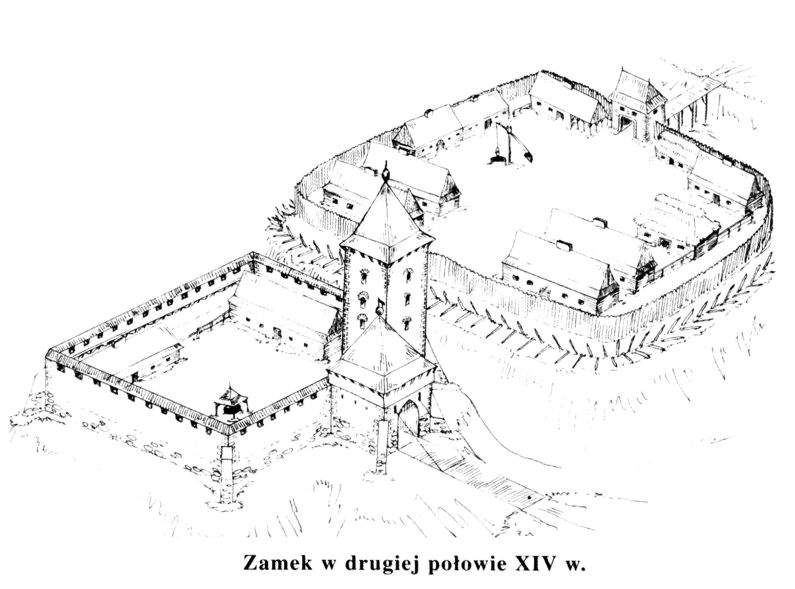History
The castle was built in the second half of the 14th century at the initiative of the duke of Mazovia Siemowit III or Siemowit IV. In 1462 Gostynin was incorporated by king Kazimierz Jagiellończyk into the Polish Crown, and the castle became the seat of the royal starost. At the end of the sixteenth century, it was described as deserted, but in the early seventeenth century it was renovated. In 1611 a Russian tsar Vasil IV Szujski, who died a year later as a result of an epidemic, was imprisoned in the castle. During the wars with Sweden in the mid-seventeenth century, the building was damaged. Another destruction occurred during the so-called Northern War in the early eighteenth century and in 1772 during the siege by the Russian army. After the Third Partition of Poland, the Prussian authorities ordered to demolish the castle.
Architecture
In the first stage, a four-sided, buttressed, residential and defensive tower was erected, which was demolished at the turn of the 14th and 15th centuries. From this time comes quadrilateral complex with a square tower in the north-east corner. The entrance to the castle was placed from the east side. In the third stage of works in the fifteenth century, the main castle house and the gatehouse were erected along the northern curtain. Another expansion in the sixteenth century, led by chancellor Krzysztof Szydłowiecki, led to the creation of a southern, half-timbered house. Outer bailey located north of the castle, was separated from it by a moat.
Current state
In the nineteenth century, using the fragments of the former prince’s castle, an evangelical church existing to this day was erected. It probably hides the relics of the original buildings, but it is impossible to spot them today, and the current building in no way refers to the medieval castle.
bibliography:
Leksykon zamków w Polsce, red. L.Kajzer, Warszawa 2003.
Sypek A., Sypek R., Zamki i obiekty warowne ziemi mazowieckiej, Warszawa 2002.


